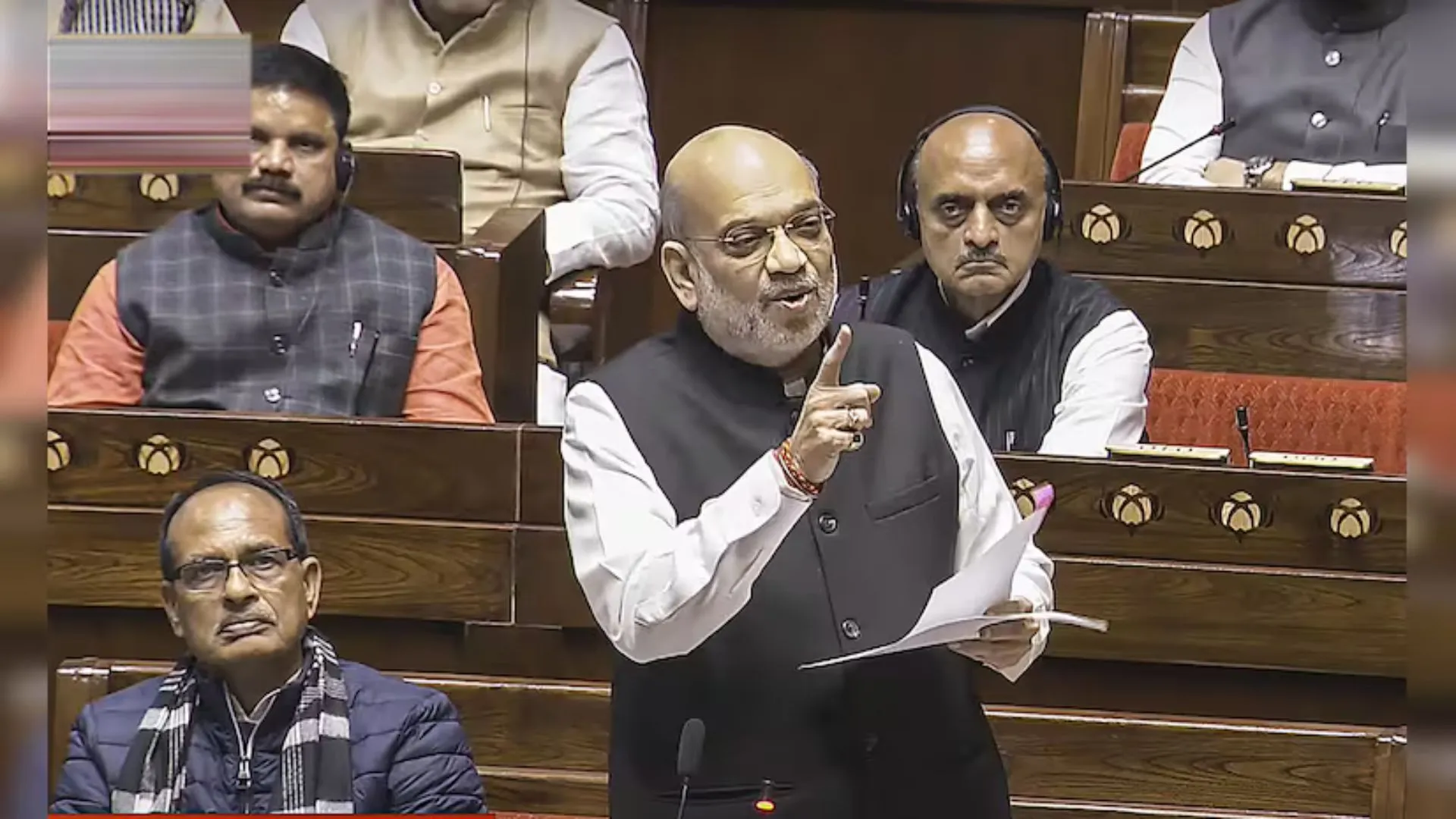We test the scooter that identifies as a motorcycle!
I have been trying to chase you for almost 10 minutes now,” said the gentleman emerging out of his Maruti Suzuki S-Cross. I had slowed down to walking pace upon noticing the ubiquitous “Men At Work” signboards placed around the section where some repair work was being carried out on the Greater Noida expressway. This gentleman comes alongside and requests me to stop for a minute. I knew what was coming…
No, it wasn’t even remotely a road rage issue. It was the opposite. The gent was a doctor who was pleasantly surprised to see a “scooter” being ridden at 100 km/h (that’s the speed limit on the expressway). He asked about the scooter, and said that he would buy it soon as the regular scooters don’t really appeal to him, and his family doesn’t allow him to ride motorcycles. And that, ladies and gentlemen, is the one-line review of the Yamaha Aerox. In other words, if conventional scooters don’t work for you, and you can’t really get a motorcycle for any reason, then this would be your best choice. But, this anecdote is from December 2021…
Fast forward to the present day; the S-Cross has long been discontinued; the doctor ended up buying the Activa as the Aerox wasn’t available in his city, and the Aerox received a few updates. Meanwhile, he just informed me that he still has his heart on the Aerox and that he might buy it next year.
Therefore, when Yamaha asked me if I wanted to ride it again, I couldn’t say no because we auto journalists are not only always up for a ride/drive, a few of us also continually strive to get better at our craft…The offshoot for the manufacturers is that their vehicles get reviewed in a manner that’s not too common. So let’s begin the review now, shall we?
Design and Ergonomics
Design wise, the Yamaha Aerox looked futuristic three years ago; it looks futuristic today as well, and it will look so even ten years down the line, I reckon. If you’re someone who loves attention, you would worship the Aerox.
It’s ergonomically sorted too. The seat height is low enough to enable even five-footers to tip-toe comfortably, while still not being constricting for six-footers. However, please note that unlike regular scooters and most auto journalists, this one has a spine, which means you can’t straddle it like a step-thru; you have to swing your leg over like you’d on a motorcycle.
The seat itself is comfortable though, for both the rider and pillion; however, short people will find the pillion perch to be quite high. So, if your better half would be riding along with you most of the time, make sure you take them along for the test ride for approval.
Smart Key / Keyless Go
The 2024 Yamaha Aerox comes in two variants: the regular, and this, the Version S. This one gets a Smart Key—similar to the key-fobs you get with most premium cars—which enables complete keyless operation of the vehicle. There’s a knob where the key slot is on the regular Aerox, and the knob’s function-slots are exactly the same as on the regular Aerox. So, keeping the Smart Key on your person, you’d press the knob once to unlock the scooter, and turn the knob a click past 12 O’ clock position to switch on the ignition—exactly how you would turn the key on the regular Aerox. Then, thumb the starter while pressing either of the two brake levers, and you’re ready to go. Yes, the steering lock is also keyless. The fuel lid and seat opening functions are also keyless, just like on the regular Aerox.
Still, you’re given a regular key, in addition to the Smart Key, in case the scooters battery has discharged completely, and you need to open the seat to take it out for charging.
Engine Performance, Handling, and Braking
Before I talk about performance, I must mention that sometime last year, Yamaha equipped the Aerox with Traction Control, a feature that wasn’t really needed on this scooter. In fact, let me take this opportunity to appeal to all manufacturers to STOP giving traction control and ride modes on two-wheelers that make less than 40 horsepower. Use that money in developing better headlights and suspension…
I am also baffled at Yamaha’s miserly act of not giving dual-channel ABS even now despite adding the wheel speed sensor and ring at the rear for traction control. I know it takes a lot more than that, but it should have been done. I don’t mind the drum brake at the rear, but dual-channel ABS on such a vehicle should be standard.
That said, the braking performance is still fantastic. I could achieve an eye-popping time of 3.7 seconds while braking from 100–0 km/h, which should also tell you that the tyres grip phenomenally well too. Still, don’t take this for granted Yamaha. We do need dual-channel ABS on the Aerox, period.
How about acceleration, you ask? Well, it would suffice to say that you’d be embarassing most 150–160 cc motorcycles at the lights. My best 0–80 km/h (GPS) time was 8.6 seconds, while 0–100km/h (GPS) came up in 16.5 seconds. The top speed is a speedo-indicated 120 km/h, which should be more than enough for everyone eyeing this scooter. The stability at three-digit speeds is rock-solid too.
And that’s how it is in the corners as well—absolutely surefooted. It turns jn quickly too; it’s a Yamaha after all. In fact, it would suffice to say that the Aerox is the best handling scooter in India. Moreover, its maneuverability is also second to none. There’s a good amount of steering lock-to-lock range that ensures a tight turning circle, which is a prerequisite for most looking for a scooter in India.
Plus, it feels light, which makes pushing/pulling it in and out of congested parking spaces a cinch. Putting it on to the main stand is also easy, and irrespective of your size, you won’t need to summon any strength to accomplish this task.
Ride Quality, Fuel Efficiency, and VVA Technology
The ride quality of this scooter with a light rider on board is downright pathetic. The rear shock absorbers are horrible and even the fork is nothing to write home about. Two up, the suspension certainly works better, but solo riding over bad roads will have you searching for aftermarket units, which, thankfully are available in plenty. But, the fact still remains that Yamaha’s flagship scooter should come with better suspension to begin with, especially one that retails at an ex-showroom price of over 1.5 lakh rupees.
The fuel efficiency is quite nice though. I achieved 29.43 km/l riding flat out all the time (which no owner would do), and 50.28 km/l by making a conscious effort to not exceed 72 km/h. What’s the significance of 72 km/h, you ask? Well, that’s the speed at which the engine, which has been taken from the YZF-R15, is doing a shade above 6,000 rpm, and that’s when Yamaha’s VVA (Variable Valve Actuation) kicks in. VVA is something I had written about in detail way back in 2018 when I rode the R15 V3 at its first media ride at MMRT, Chennai. You may Google that article, but I shall still briefly touch upon it here as well. It’s a beautiful technology that involves incredible engineering, and the chaps at Yamaha R&D don’t get enough credit for that by the press. They should; in fact, VVA deserves a full page article because it would be immensely enlightening to know how they managed to make the same rocker-arm geometry to work on both cam lobes; what valve-spring preload they kept; what do they have to say about valve-spring sag, air-intake length, etc. But that’s a topic for some other day. Right now, I shall explain this technology to you in layman terms.
See, usually in almost all SOHC motorcycles, irrespective of their price, the camshaft has two lobes, one each for intake and exhaust valves. However, Yamaha’s VVA technology switches the task of opening and closing of the intake valves to a third lobe, which is fatter (bigger profile), thereby increasing the valve lift, which in turn allows more fuel (air-fuel mixture) into the combustion chamber. The result? More power. But more fuel is consumed too. Therefore, keep it under 6,000 rpm at all times if you want to maximize fuel efficiency.
It’s also interesting to note that while the VVA kicked in at 7,400 rpm on the R15 V3, it kicks in at around 6,800–6900 rpm on the R15 V4, and just above 6,000 rpm on the Aerox.
Miscellaneous
The fuel tank capacity is disappointing; the headlight is average, and the instrument cluster now looks mediocre. There’s a 12 Volt DC power outlet though, and I don’t remember the last time I saw one on a scooter. There’s good storage space under the seat, and it can accommodate a full-size full-face helmet. The lack of a boot light is again a miserly act by Yamaha, and so is their decision to still not provide a parking brake.
Verdict
Despite my nitpicking in the paragraph above, you would have understood by now that the Yamaha Aerox is in a class of its own. There’s really nothing like it out there. It needs to be appreciated more. That VVA tech is something you don’t get in bikes costing ten times as much, and that alone wants me to overlook the scooter’s minor shortcomings like the stiff suspension, lack of dual-channel ABS, etc. However, the fact remains that such a vehicle should have these covered as well. I do hope that Yamaha addresses these in the next update. But, even right now, you just can’t go wrong with it.














